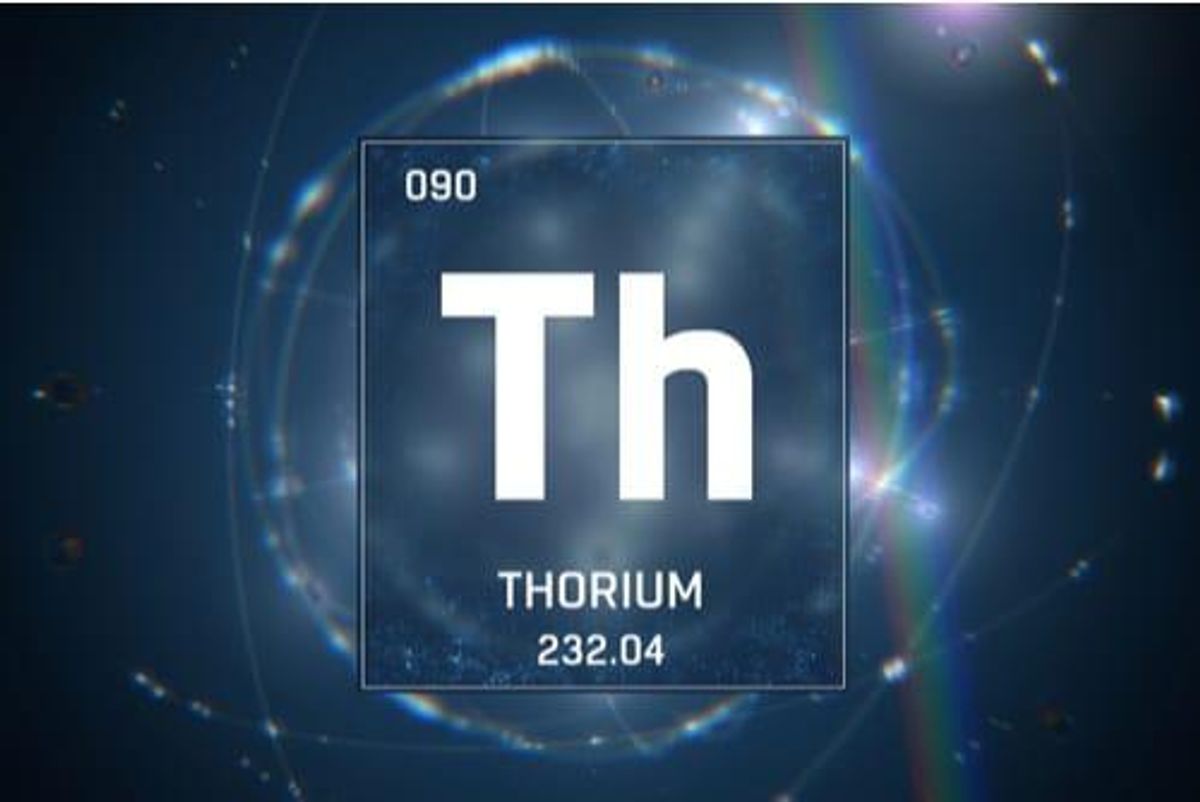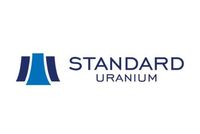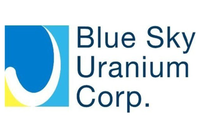Are Thorium Reactors the Future of Nuclear Energy?
Thorium reactors hold promise as an alternative for uranium in the nuclear energy sector, but are they really a viable option?

The world’s energy needs are expected to skyrocket thanks to population growth and higher demand from developing nations, making thorium reactors increasingly appealing.
Nuclear energy is considered by some to be green energy because it does not produce direct carbon dioxide emissions, unlike fossil fuels, which contribute to air and water pollution.
Over the last decade, more countries have turned to nuclear as an energy source, integrating it into their energy grids, specifically to produce electricity. According to the World Nuclear Association (WNA), “there are about 440 nuclear power reactors operating in 32 countries plus Taiwan," providing about 10 percent of the world's electricity. Another 60 power reactors are currently under construction in 15 countries.
However, nuclear reactors are not without drawbacks. Nuclear meltdowns remain a concern, as does the radioactive material left in nuclear waste. Thorium, on the other hand, is seen by some as a less dangerous, more environmentally friendly path.
So how does thorium fuel play into the future of global energy?
What is thorium?
Discovered in 1828 by a Swedish chemist who named it after the Norse god of thunder, thorium is a slightly radioactive element that occurs naturally in the Earth’s crust. It is more abundant in nature than uranium and is fertile rather than fissile, meaning it can be converted into fissile material through radiation. It is meant to be used alongside fissile materials that are able to go through nuclear fission, such as recycled plutonium and uranium.
Despite its benefits, using thorium as a primary source of nuclear energy is challenging. The WNA notes that extracting latent energy is still difficult to do in a cost-effective manner, and research into refinement technology will be needed if thorium is to be turned into a viable source.
That said, it’s worth noting that the question of whether thorium reactors work for energy production was answered in 2013, when privately owned Norwegian company Thor Energy began using thorium to produce power at its Halden test reactor in Norway. “It is the fundamental first step in the thorium evolution,” Thor Energy CEO Oystein Asphjell told Reuters at the time.
How do thorium reactors work?
Thorium, not being fissile, can’t split to make a nuclear chain reaction like uranium. However, if it is bombarded by neutrons from an energy fuel that is fissile — like uranium-235 or plutonium-239 — it can be converted into uranium-233. The process creates energy and is self-sustaining after it begins; fission of uranium-233 turns more thorium nearby into the same nuclear fuel.
There are many more complex processes involved, but this relationship between thorium and fissile materials serves as the foundation for the technology in thorium reactors.
What is the difference between thorium and uranium?
It’s important to understand the differences between uranium and thorium when considering developments in nuclear energy. Here are a few key ways they differ:
Cost and efficiency
One reason thorium is an interesting alternative to uranium is that it is cheaper and more abundant. Thorium is also used more efficiently in the reaction process — thorium inputs are almost completely used up during a nuclear reaction, meaning spent fuel or radioactive waste is reduced to a minimum. That is especially important considering the longevity of radioactive nuclear waste in the environment.
Weapons and safety
In 1939, the Manhattan Project showed the potential devastation atomic energy can produce when enriched uranium is used in weapons production, and that has remained top of mind since then. There is also concern that the isotope-dense heavy water used to cool fuel rods could seep out into the surrounding areas.
More recently, the dangers posed by uranium fuel rods, radioactive waste and reactor decay — widely publicized in the wake of the Fukushima disaster in 2011 — are a key reason why experts are giving thorium reactors serious consideration. As thorium is not fissile on its own, reactions could be stopped in case of emergency.
Thorium is considered a strong choice for non-proliferation when it comes to nuclear weapons, but it is also important to note that there have been occasions in history where nuclear weapons based on thorium have been detonated. While that is a risk, the nature of these weapons makes them easy to detect.
As a result, the use of thorium reactors could allow countries like Iran and North Korea to benefit from nuclear power while minimizing concerns that they are secretly developing nuclear weapons.
Thorium can also be used in breeder reactors to generate more fissile material, including uranium-238. These nuclear reactors are unique because they produce more fissionable material than they consume, making them very efficient.
Thorium and uranium have an interesting relationship in that they are both complements and competitors to each other. Put very simply, thorium can be used together with conventional uranium-based nuclear power generation, meaning a thriving thorium industry would not necessarily make uranium obsolete.
Thorium exploration
Thorium is present in small quantities in soils and rocks everywhere, and it’s estimated to be about four times more plentiful than uranium. India holds the largest natural thorium reserves in the world, though reserves are also significant in Brazil, Australia, the US and China. Getting more specific, the metal can be found in epigenetic vein deposits, low-grade deposits and black sand placer deposits.
Though it is abundant, few companies are currently exploring for thorium. Since 2014, exploration and development of rare earths projects associated with thorium have commenced in Australia, Brazil, Canada, Greenland, India, Russia, South Africa, the US and Vietnam. Skyharbour Resources (TSXV:SYH,OTCQB:SYHBF) is one company currently exploring for thorium. Its South Falcon Point uranium and thorium project is located in the Athabasca Basin in Saskatchewan.
Who is building thorium reactors?
As mentioned, Thor Energy was the first to begin energy production through thorium, but it now faces competition from firms in the nuclear industry around the world.
For example, India has been interested in thorium-based nuclear energy for decades, according to the WNA. The country’s nuclear developers have designed an advanced heavy water reactor that is specifically aimed at using thorium as a fuel.
China is also a major player in thorium reactor development. It began planning its US$500 million molten-salt reactor program in 2011. Construction on the site began in September 2018, and China announced in the fall of 2021 that it had begun testing the experimental thorium-fueled nuclear reactor. If the tests are successful, there are plans for a second reactor. The country hopes that establishing a commercial-scale thorium-based nuclear power industry will help it meet its zero-carbon emissions goal by 2060.
In Indonesia, ThorCon and the country’s government are working on launching a 50 megawatt thorium molten-salt reactor for either power generation or marine vehicle propulsion.
What are the downsides of thorium?
Thorium has been considered an excellent nuclear energy alternative for decades. It’s hard to believe the safety and efficiency benefits have not led to more popular use of thorium reactors — but there are reasons for that.
Put simply, thorium-based reactors are still not economically viable for the most part. Uranium has benefited from decades of research, development and infrastructure thanks to its dual applications in weapons and energy during the Cold War. This research has allowed countries to establish protocols, infrastructure and knowledge bases that make uranium-based energy an easier option.
The result is that at least for now, thorium reactors are unlikely to gain the upper hand over uranium oxide reactors. It’s possible that thorium reactors could become more dominant in the future, but a lot of work will have to be done to get to that point.
This is an updated version of an article originally published by the Investing News Network in 2015.
Don’t forget to follow us @INN_Resource for real-time news updates!
Securities Disclosure: I, Melissa Pistilli, hold no direct investment interest in any company mentioned in this article.
- How to Invest in Uranium (Updated 2023) ›
- When Will Uranium Prices Go Up? (Updated 2023) ›
- Top 5 Uranium Stocks on the TSX and TSXV in 2023 ›
- Uranium Stocks: 5 Biggest Companies in 2023 ›






